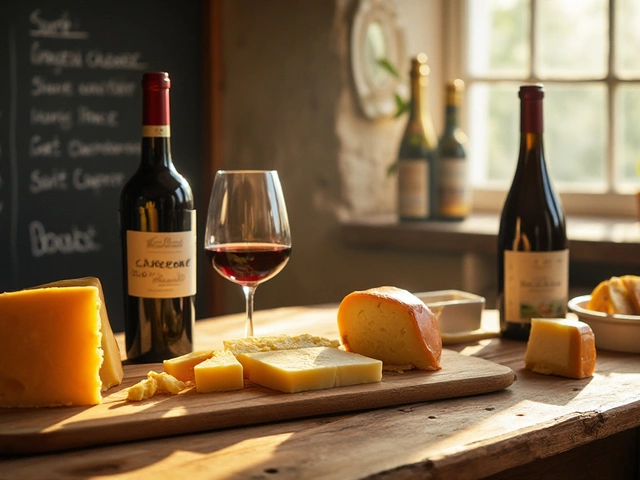Drinks Bartenders Hate and How to Order Them Right
If you’ve ever watched a bartender roll their eyes, chances are you ordered a drink that’s on their “no‑go” list. It’s not personal – it’s practical. Some drinks take forever to make, cheap ingredients that spoil the bar’s reputation, or they just create a mess you don’t need. Knowing which orders spark a groan can save you time, money, and maybe even a friendship.
Top 5 Orders That Slow Down the Bar
1. Over‑complicated cocktails. Anything that asks for ten different liquors, three syrups, and a garnish you can’t pronounce makes the bartender’s life harder. For example, a “Blue Moon Martini” that mixes gin, vodka, blue curaçao, orange liqueur, lime, and a splash of grenadine could take ten minutes to assemble. Most bartenders would rather serve a classic gin & tonic and keep the line moving.
2. Weak‑lookin “whatever’s‑left” drinks. When you ask for “something cheap” or “the cheapest cocktail,” you’re telling the bartender to rummage through old bottles. This not only wastes time but can result in a low‑quality drink that reflects badly on the bar. Cheap sauces and low‑budget mixers also leave a nasty after‑taste.
3. Too many “on the rocks” requests. Ice seems simple, but when a customer asks for multiple drinks “on the rocks, with extra ice, no ice, half ice,” the bartender has to juggle the same glassware repeatedly. It creates extra washing cycles and slows service during busy hours.
4. Pre‑made cocktail mixes. Ordering a “Long Island Iced Tea” or a “Margarita” from a pre‑made bottle means the bartender has to pour a large amount of a single mix, which can look lazy and cheap. It also encourages over‑pouring, which hurts the bar’s profit margins.
5. Unusual garnish requests. “A flower on top,” “a slice of kiwi,” or “edible gold leaf” might look fancy, but each garnish needs prep, storage, and sometimes special tools. When the bar is packed, these tiny details become big obstacles.
How to Order Smart and Keep the Bar Happy
First, keep it simple. A classic whiskey neat, a well‑made gin & tonic, or a straightforward rum & coke are quick, cost‑effective, and always taste good. If you want something special, ask for a bartender’s recommendation instead of a specific, obscure recipe. They’ll suggest a drink that uses what’s fresh and in stock.
Second, be clear about your preferences. Saying “I like something citrusy but not too sour” gives the bartender room to craft a balanced cocktail without extra back‑and‑forth. Avoid vague terms like “just give me something strong.”
Third, respect the bar’s workflow. If the place is busy, skip the garnish or ask for a “standard” version of the drink. You’ll get your drink faster, and the bartender will appreciate the cooperation.
Finally, tip well. A decent tip shows the bartender that you value their effort, especially if you asked for a more complex order. It builds goodwill and might earn you a better seat or a quicker refill next time.
Knowing the drinks bartenders hate isn’t about being snobby; it’s about being a smarter customer. By ordering efficiently, you keep the line moving, the bar’s reputation intact, and you still get a tasty cocktail. Next time you’re at the bar, put these tips to work and watch the bartender’s smile stay intact.
Bartenders get annoyed with certain drink orders that can slow service and test patience. Find out which drinks top the list, why they bother the pros, and how to order without driving your bartender crazy.
View Details

